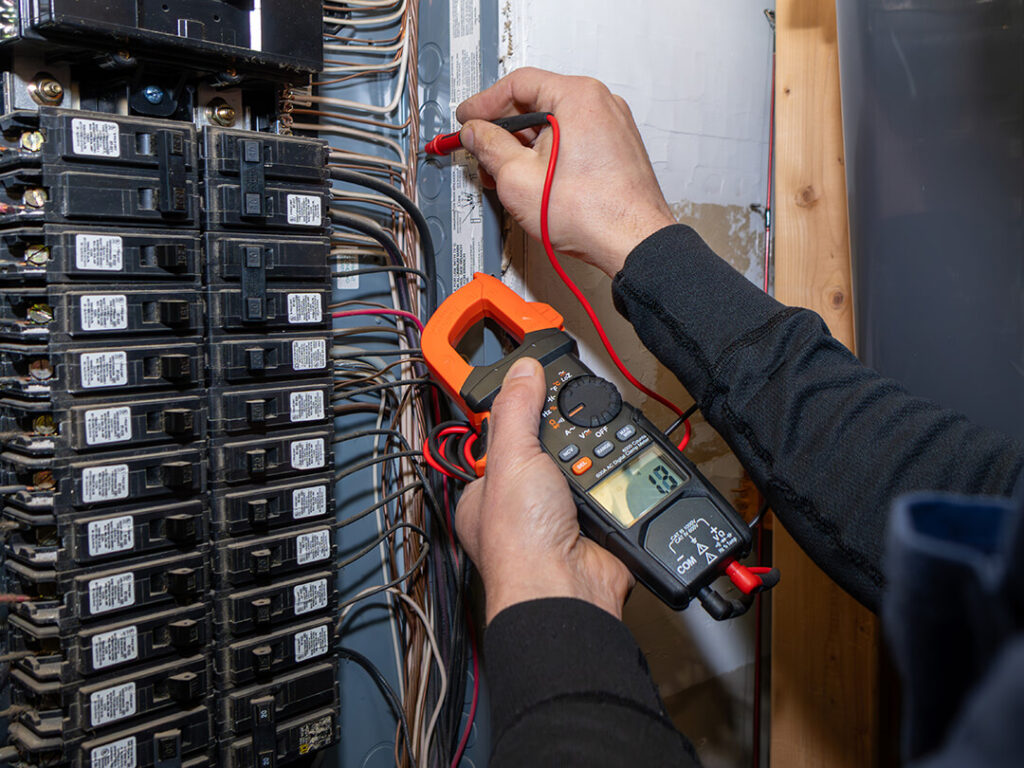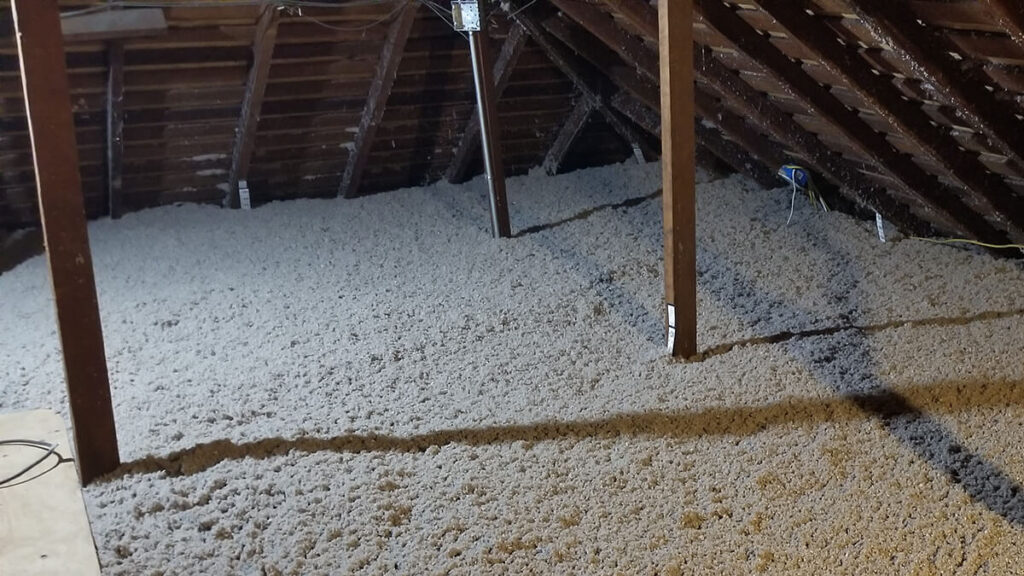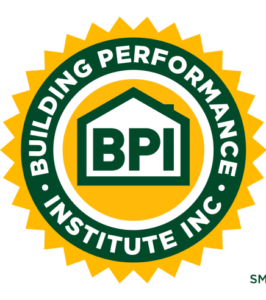What to Know About Taking Your Home All-Electric
A Guide from the Bay Area Experts in Electrification
Transitioning to an all-electric home is a transformative journey that offers numerous benefits, from increased energy efficiency to a reduced carbon footprint. As you embark on this path, it’s essential to understand the various components that make up an all-electric home.
Electrical Panel Sizing
Assessing and planning your electrical panel is a first step.
Contrary to popular belief, a 100-amp panel can support an all-electric home, even with solar panels, a battery, and a car charger! However, some homes may need an upgrade. In such cases, we coordinate with PG&E to install a new 125 or 200-amp panel, usually costing between $4,000 and $6,000. In almost every case, a 200-amp panel is more than adequate.
Early planning by a knowledgeable professional is essential. Most electricians use an NEC calculation that often suggests a 200-amp panel is required. At EPB, we use actual wattage data for HVAC and water heating systems, ensuring precise calculations. This approach saves you money and reduces the need for extensive grid upgrades.


Planning for Efficient HVAC
Your HVAC plan will feature a heat pump, which can be either ductless or ducted. We generally recommend ducted units for their superior comfort and filtration. However, if your home cannot accommodate ducted systems, or if you prefer ductless options, we can install wall or ceiling-mounted ductless units.
We size heat pump systems around 1000 square feet per ton of heating and cooling capacity, minimizing the impact on your main panel, enhancing your indoor comfort, and lowering your utility bills.
Insulation and Air Sealing


Smarter Water Heating
A heat pump water heater is the ideal choice for water heating. Installing that new unit in the same location as your existing water heater simplifies the process, though it isn’t always possible. While updating your water heater can usually be done independently of the HVAC and insulation work, we should plan for that update in your panel and solar design. If the HVAC or panel work is done first, we can install the electrical circuit for your future water heater during that phase, reducing downtime.
Electric Cooking
Modern induction cooktops have revolutionized electric cooking. We have one in our office kitchen, and it’s fantastic. Induction cooktops use magnets to heat the metal above them, not the cooktop, making them faster, safer, and easier to clean.
Switching to an electric oven and stove can be done independently of other projects but, just like with your water heater, consider installing the necessary electrical circuit and including it in your panel design while working on other upgrades.


Clothes Dryer
You have the option of a regular electric dryer or a modern heat pump dryer. Heat pump dryers are 3 to 4 times more efficient than electric dryers because they use a heat pump instead of electric resistance heat. They also don’t require venting because they use a condensate line to remove water instead.
However, research and read reviews, as some models may have issues with lint buildup. While transitioning your dryer to a heat pump dryer can be done independently of other projects, we recommend installing the electrical circuit with your panel design so your home will be ready for that upgrade.

Schedule a Free Assessment
Take the first step toward a more efficient, comfortable home! Complete the form, and our team will contact you to discuss your electrification goals and how we can help. From there, we’ll schedule a visit with one of our building scientists to assess your home and recommend solutions.
"*" indicates required fields

Ten Questions to Ask Before You Buy a Heat Pump
Many factors play into whether any heat pump can give you the results you’re looking for. No matter which HVAC company you choose, this eBook will walk you through the twelve important questions we use to design superior home comfort systems.
"*" indicates required fields






